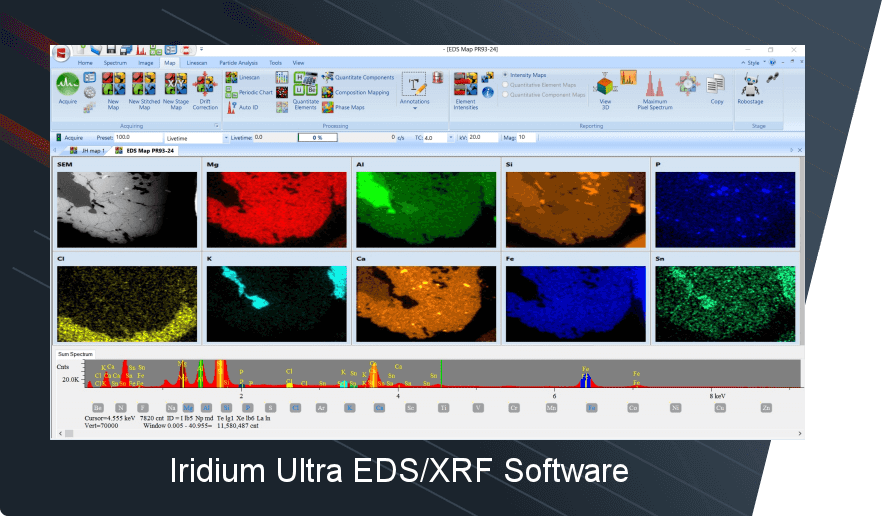When it comes to X-ray fluorescence (XRF) analysis, one of the most critical decisions you’ll make is selecting the suitable anode material for your XRF tube. The anode material determines the excitation spectrum, which includes both the continuous braking spectrum (bremsstrahlung) and the characteristic lines of the anode material. Understanding the properties and applications of different anode materials will help you make an informed choice for your analytical needs.
Anode Materials and Their Applications
Silver (Ag) Anode:
- Applications: Effective for elements from chromium to molybdenum. The L-series lines around 3 keV are useful for exciting light elements from aluminum to sulfur.
- Limitations: Due to spectral overlaps, it is unsuitable for analyzing magnesium or silver content. However, it is common in older spectrometers due to its similarity with Cd 109 isotope excitation sources.
Rhodium (Rh) Anode:
- Applications: Offers a spectrum similar to silver, excelling at analyzing elements from iron to molybdenum. Free from the limitations of silver.
- Limitations: Cannot be used for rhodium analysis, which is essential in applications like automotive catalysts and jewelry.
Gold (Au) Anode:
- Applications: Provides high-intensity bremsstrahlung, making it excellent for high-energy element analysis (elements with line energies >20 keV). Suitable for elements like cadmium and higher atomic number elements.
- Limitations: Unsuitable for light elements due to low-energy characteristic lines that can be filtered out to produce a purely bremsstrahlung spectrum.
Tungsten (W) Anode:
- Applications: Similar to gold in characteristics, suitable for high-energy element analysis. Effective for analyzing gold content in samples.
- Limitations: Characteristic lines overlap with many metals in steels and alloys, complicating analysis.
Molybdenum (Mo) Anode:
- Applications: Particularly useful for analyzing low atomic number elements (low-Z elements) such as silicon (Si) and phosphorus (P) due to strong characteristic lines around 17.4 keV.
- Limitations: Less practical for high atomic number elements.
Cobalt (Co) Anode:
- Applications: Suitable for elements like manganese (Mn) and iron (Fe) with characteristic lines around 6.9 keV. Often used in applications requiring high resolution in the lower energy range.
- Limitations: Primarily limited to low-energy applications.
Copper (Cu) Anode:
- Applications: It is ideal for nickel (Ni) and zinc (Zn) elements with strong characteristic lines around 8 keV. It provides a good balance between intensity and resolution for mid-range elements.
- Limitations: Not ideal for analyzing very high or very low energy elements.
 Fig. 1 Spectra from the different X-ray source anodes (source: Amptek)
Fig. 1 Spectra from the different X-ray source anodes (source: Amptek)
Choosing the Right Anode Material
To select the optimal anode material for your XRF analysis:
- Identify Your Elements of Interest: Determine the elements you need to analyze and their energy ranges.
- Consider Overlapping Lines: Be aware of potential overlaps between the anode’s characteristic lines and the lines of elements in your samples.
- Match Intensity Requirements: Choose an anode material that provides sufficient excitation intensity just above the absorption edge of the elements of interest while minimizing background noise.
- Account for Limitations: Each anode material has specific limitations; ensure your choice does not hinder your analysis requirements.
Choosing the right anode material for your XRF tube is essential for achieving accurate and reliable analysis results. At IXRF Systems, we are here to help you make the best choice tailored to your specific requirements. If you are unsure which tube would most suit your needs, fill out this form on our website and receive a recommendation from our specialists.
IXRF Systems is a leading provider of X-ray fluorescence instrumentation. With our advanced analytical solutions, we are committed to supporting research, quality control, and educational endeavors across various industries.


